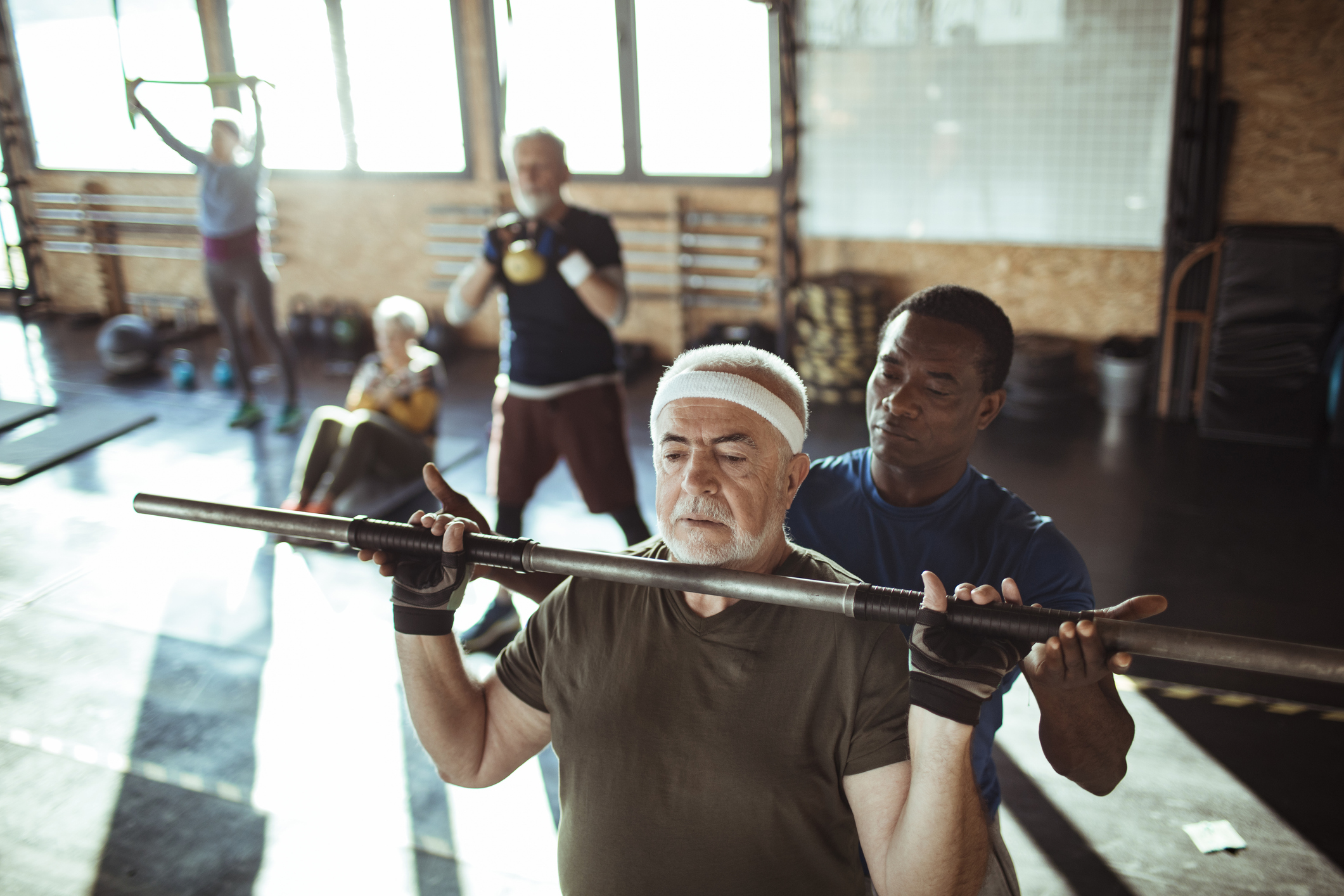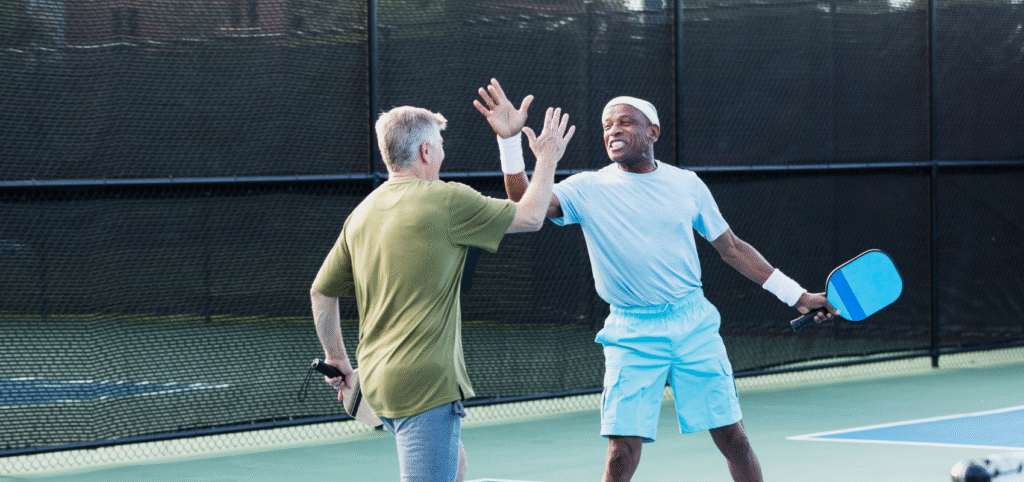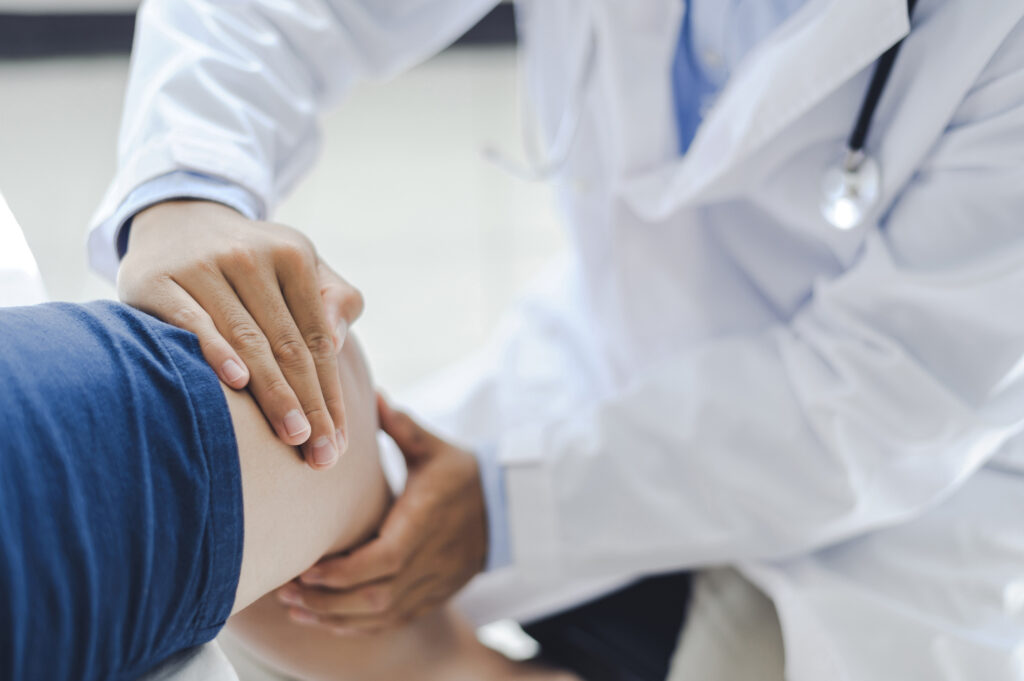Neuroplasticity is the ability of the brain to physiologically change due to our experiences. There is accumulating evidence for the benefits of a single session of aerobic exercise to enhance motor learning and neuroplasticity in young adults. Stationary cycling exercise performed immediately before or after skilled motor practice enhances motor learning that involves movements of the nonexercised upper limb. Also, several studies have shown increased neuroplasticity in the brain’s motor system (i.e., the motor cortex) following acute aerobic exercise. This increase in capacity for neuroplasticity in the motor system is thought to support previously observed exercise-induced enhancements to motor learning.
One way that we can measure neuroplasticity in humans is by using transcranial magnetic stimulation to assess changes in the excitability of the motor cortex before and after an intervention. In young adults, acute aerobic exercise of various intensities and types (e.g., continuous, interval) can enhance the excitability of the nonexercised upper limbs (e.g., hand and wrist representation in the brain). However, it was not known if healthy older adults respond similarly.
Typical aging is accompanied by decreases in motor cortex excitability, which have been associated with poorer coordination, fine motor control and motor learning. Therefore, it is important to understand whether acute aerobic exercise might be used to ameliorate these age-related decreases in motor cortex excitability.
In our study, published in the April 2022 issue of Medicine & Science in Sport & Exercise®, we investigated the neuroplasticity that occurs following a high-intensity interval training (HIIT) exercise session in healthy older adults. We studied 42 healthy older individuals (average age = 66 years) who completed a 23-minute bout of HIIT (alternating three-minute bouts of high- and low-intensity) or seated rest. We measured motor cortex excitability using transcranial magnetic stimulation before, immediately after and 30 minutes after HIIT or rest.
Contrary to our hypothesis, we discovered that corticospinal excitability (the summation of cortical excitability sent out from the motor cortex to the body to contract our muscles) increased following HIIT, when compared to rest, 30 minutes post exercise. Unlike previous findings we observed in young healthy individuals, there were no changes in cortical inhibition or facilitation (circuits that impact the output of corticospinal excitability). These findings indicate that acute HIIT increases neuroplasticity as measured by an increased corticospinal output to the nonexercised arm muscles in older adults.
We think the increased corticospinal excitability may have resulted from older adults having lower baseline excitability compared to younger adults. In turn, a lower baseline may have created the potential for increased excitability after HIIT exercise. Also, our participants showed high levels of daily physical activity (greater than that currently recommended by the American College of Sports Medicine® [ACSM]). Previous work in young adults showed that acute aerobic exercise increased corticospinal excitability in those who were categorized as regularly physically active. Future studies should investigate the role of daily physical activity and cardiorespiratory fitness on baseline and exercise-induced increases in corticospinal excitability in older adults.
Our results suggest that acute aerobic exercise promotes neuroplasticity in distinct ways across the lifespan. Thus, the current findings are important to consider for the prescription of acute bouts of exercise in aging populations and rehabilitation contexts.

Jason Neva, PhD, is a neuroscientist and kinesiologist. Dr. Neva an assistant professor in the School of Kinesiology and Physical Activity Sciences at the University of Montreal in Canada, as well as a research and laboratory director at the Research Centre of the Montreal Geriatrics Institute (CRIUGM, French acronym). His research focuses on the neuroplasticity mechanisms that support motor learning, change in response to exercise and improve motor function in aging-related neurological conditions (i.e., stroke, Parkinson’s disease). Dr. Neva uses transcranial magnetic stimulation and other neuroimaging techniques in his work.

Lara Boyd, PT, PhD, is a Wall Scholar and professor in the Department of Physical Therapy at the University of British Columbia. She directs the Brain Behaviour Lab and is a member of the Djavad Mowafaghian Centre for Brain Health. Dr. Boyd is an expert in the neurobiology of learning and uses advanced brain imaging approaches (MRI and transcranial magnetic stimulation) to look into the brain. Dr. Boyd’s research is centered on understanding how behavior shapes learning, unlearning and relearning.
Viewpoints presented in SMB commentaries reflect opinions of the authors and do not necessarily represent ACSM positions or policies. Active Voice authors who have received financial or other considerations from a commercial entity associated with their topic must disclose such relationships at the time they accept an invitation to write for SMB.




